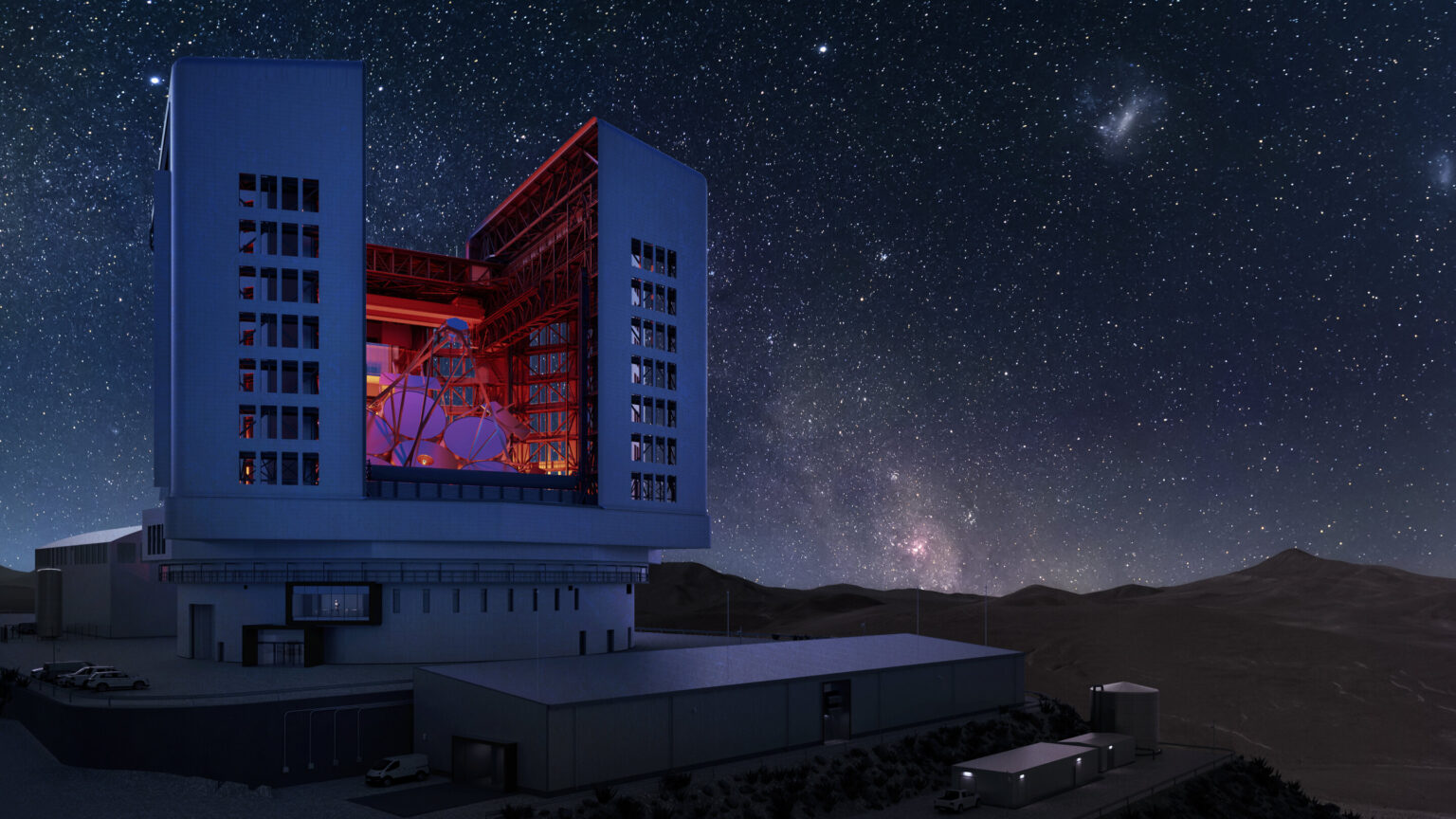Engineers have completed their design review of the Giant Magellan Telescope’s rotating tower and are now looking for a company to begin assembling it on its completed foundation. It should be operational in the early 2030s.

Scientists completed analysis of the enclosure design
The Giant Magellan Telescope is one of the most ambitious projects in astronomy. It has been underway for several years. And now it has been revealed that an international team of 10 engineers has completed its enclosure design analysis and now project managers can move on to procuring elements and assembling them.
Actually, 40% of all the structures of this huge instrument, including the foundation, are already ready. Now it is the turn of what is called the enclosure. In fact, it is an entire production building 65 meters high, which will contain the telescope mount, the diameter of the segmented mirror of which is 24.5 meters and its control system.
At the same time, this entire structure, the mass of which is 5000 tons, must rotate, aiming the telescope at the desired area of the sky. And the giant 46-meter doors should swing open, allowing it to observe astronomical objects.
What the Giant Magellan Telescope can do
Now the team of scientists is in search of a construction company that will be able to build the Giant Magellan Telescope enclosure according to the plan. Meanwhile, production of some of its parts is well underway. This is predominantly in the US, where businesses in 36 states and 14 universities and research institutions are involved.
And it’s all about building one of the most powerful astronomical instruments of the next generation. The Giant Magellan Telescope will have 10 times the resolution of the Hubble Space Telescope, despite the fact that unlike it, it will stand on Earth and look through the atmosphere.
However, it will be 200 times more powerful than other ground-based instruments. It is expected that through this, scientists will be able to better understand the evolution of the universe, the origin of chemical elements and even find life on other planets.
According to phys.org


